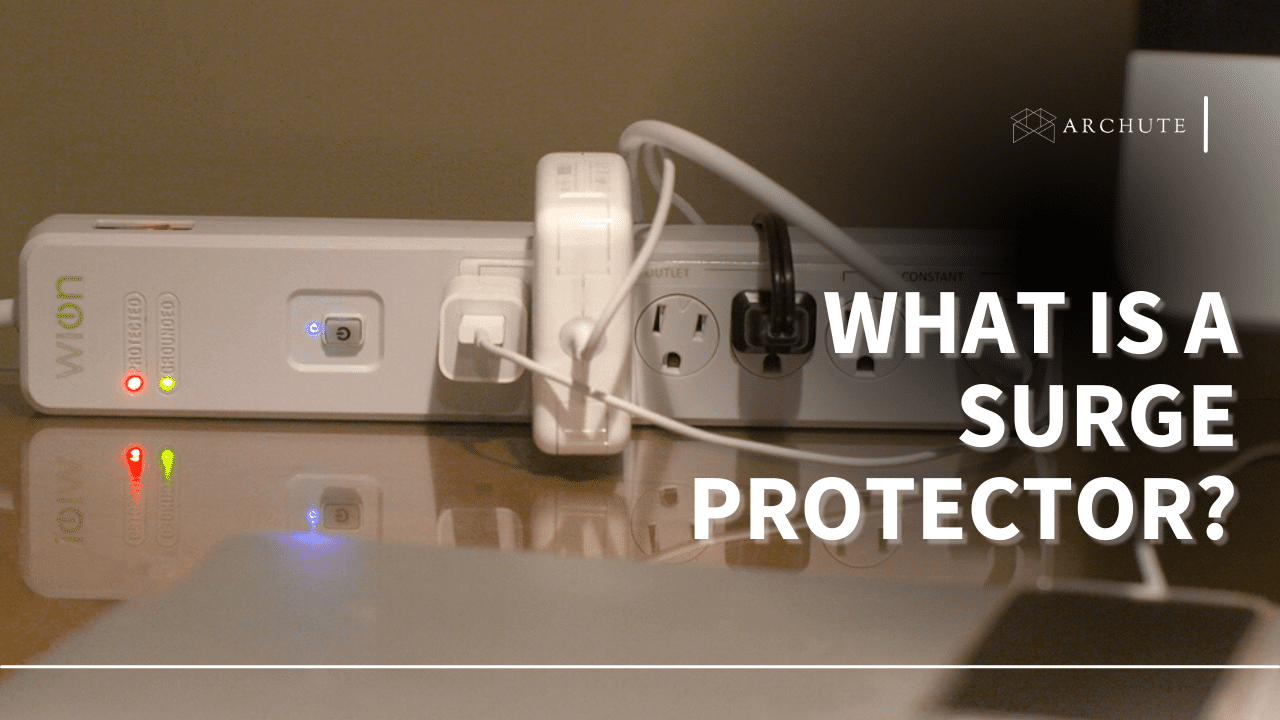Stefano Boeri pioneered the creation of vertical forests in urban areas to combine sustainable housing and reduction of air & noise pollution. Trees and plants have many benefits to this planet, and their usefulness has not gone unnoticed by architects who incorporate living things into the design of buildings. Trees define the character of an edifice, softening its look and giving it color. They support a variety of flora and fauna.
Vegetation not only brightens the space or provides privacy but also reduces air & noise pollution, improves air quality and provides a cooling effect in summer. These benefits strengthen the vision of architects to incorporate trees and plants when designing structures.
The Milan Skyscraper Leads the Way
Bosco Verticale is the award-winning pair of residential towers in Milan’s Porta Nuova district. Officially opened in 2014, the two residential tower blocks are covered in 800 trees, 15,000 plants and 4,500 shrubs. Designed by Boeri, Barreca, and La Varra with the help of horticulturalists and botanists, the buildings are part of the rehab project in the city’s historic district.
Each tower has several trees measuring from 3 to 6 meters in height. The trees produce oxygen and help reduce smog in the city. Moreover, these trees also assist in moderating temperatures during winter and summer.
Replication of Vertical Forests to Other Urban Centers
Such was the success of the forests that the concept is being replicated in other cities. Eindhoven, in the Netherlands, is getting a Trudo Vertical Forest. The plant-filled skyscraper will offer 125 apartment housing units that are priced below market rates.
In total, 125 trees and 5,200 plants/shrubs will grow in the building’s balconies. Other notable projects include the 280-meter high skyscraper in Singapore by Bjarke Ingels Group and Carlo Ratti Associati, which will include a park and tree cocoons, and the Nanjing Green Towers in China by Boeri that will be covered in 1,100 trees and 2,500 shrubs.
Issues with Using Trees in Buildings
Not everything is clear-cut when designing and creating vertical forests for high-rise buildings. It involves carefully selecting trees and plants that withstand cramped and limited spaces. A removal service after an emergency must also be in place should trees get uprooted or knocked down by extra powerful winds. Falling and broken tree limbs must be removed for safety and a proper tree care program.
The presence of vertical forests in high-rise structures provides many benefits. They reduce air & noise pollution, improve air quality and contribute to the well-being of its residents. These buildings also reduce carbon footprints by regulating temperatures in winter and summer.














